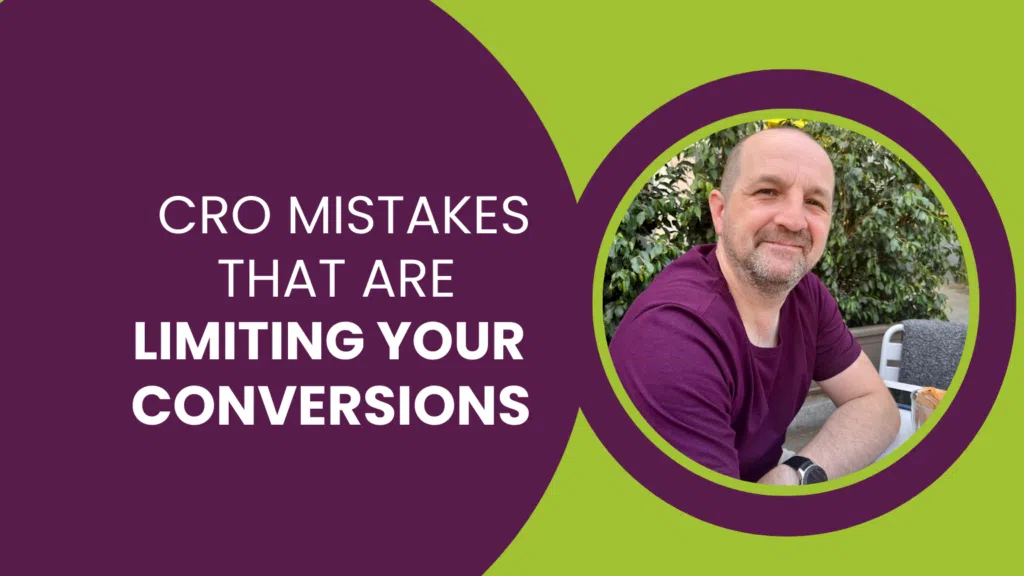Mobile Internet usage is fast becoming a significant audience worth exploiting.
The headlines:
- 43% of iPhone owners earn salaries in excess of £65,000
- 200 million Internet enabled phones shipped in 2009 with 22% growth projected for 2010.
- 38% of mobile phones worldwide will be smartphones by 2013
- UK mobile searches increased by 260% for commercial keywords from 2008 to 2009
Whether your business is suited to mobile browsing or not, mobile should be on your agenda.
Mobile Advertising
As a method for reaching your audience at the right time, mobile is growing faster that any other existing marketing medium. The latest advances in mobile technology have developed significantly and mobile advertising has come a long way.
No longer limited to SMS messaging, the mobile opportunity has evolved into a highly-targeted platform for advertising to an audience ready to buy, find or engage. Mobile advertising is mainly aimed at users on iPhones and other similar mobile devices with full internet access.
How Mobile Works

6 Things To Consider
- Is your site usable on a mobile?
- Is your target audience likely to search for or browse your product or service on a mobile device?
- How quickly does your content load on a mobile device?
- Can you engage a visitor on a mobile device and generate an action quickly (more quickly that a desktop device, for example)?
- Examples of what works well; find your nearest location, opt-in for some information, find your phone number; browse your products or even buy.
- Examples of what doesn’t necessarily work well; lengthy, technical content. Lengthy data capture forms. Large image files.
The Benefits
Right now, the mobile market is less competitive than desktop, with reported conversion costs being lower than desktop devices – the time to position your site as a market leader is now.
Creating separate campaigns with different targeting, you can segment and measure the response and ROI independently for mobile, or even for specific types of devices.
Mobile Marketing Plan
- If your target audience never (ever) searches for what you do using a mobile, or you’re not ready to exploit it, turn it off – but remember to come back to it later.
- Check your site’s statistics to see how many visitors use mobile browsers.
- Segment your campaign(s), creating a dedicated mobile campaign with it’s own budget and performance data so that you can measure the response and ROI.
- Targeting is the same as desktop devices and the same best practice applies; segment Google Search and Search Partner networks and the Display Network.
- Depending on traffic volume and performance, consider a dedicated mobile version of your site. You can detect the browser type and size when a visitor lands on your site and redirect to the right version automatically – a desktop visitor gets the desktop site, a mobile visitor gets the mobile site.
Related Posts
5 Ways AdWords Location Targeting Improves ROI
How Much Business Do You Leave On the Google AdWords Table?
Speak with a SpecialistLearn AdWords with a Pro







